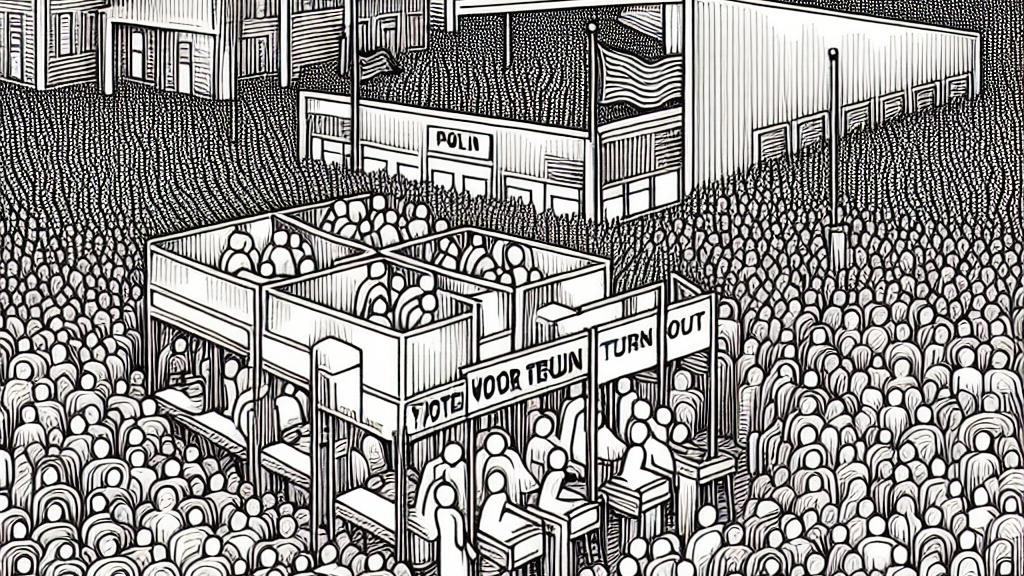How Voter Turnout Predicts Election Outcomes
Overview
- A transformative mathematical model reveals a striking correlation between voter turnout and election victory margins.
- Extensive data from 34 countries shows that analyzing voter turnout can be a robust indicator for uncovering electoral fraud.
- Understanding turnout patterns can empower voters and significantly reinforce the democratic process.

Understanding the Link
Recent research has unveiled a fascinating phenomenon: the margin by which a candidate triumphs can often be effectively predicted by examining voter turnout alone. In a comprehensive study spanning across 34 diverse countries, experts found that voter participation serves as a vital predictor of electoral outcomes. For instance, during elections with exceptionally high turnout, such as the 2020 U.S. Presidential Election, where voter participation soared to over 66%, it often indicates a tightly contested race. Conversely, if the turnout plummets, like what was observed in some special elections, it might hint at an obvious landslide victory. Here, these numbers transcend mere statistics; they embody the energy and enthusiasm of the electorate and paint a vivid picture of public engagement—or lack thereof.
Implications for Democracy
Moreover, the implications of this model reach far beyond just forecasts. It acts as a critical sentinel for our democratic institutions. By comparing expected voter turnout against actual results, we not only gain insight but can detect irregularities that might signal electoral fraud or manipulation. Picture this: a district renowned for its civic engagement suddenly sees a dramatic fall in turnout. What could have caused this unsettling shift? Were barriers erected that kept voters at bay? Perhaps there was unwanted intimidation at the polls? For example, in states grappling with stringent voter ID laws, countless eligible citizens could face disenfranchisement. Such scenarios underscore the importance of every single vote and the imperative of preserving the integrity of our electoral system, where each citizen’s voice truly matters.
Empowering Voters
Why should these findings resonate with everyone, especially the youth enthusiastic about change? Understanding these patterns can ignite a resurgence in civic engagement. When voters turn out in droves, it symbolizes a collective will, fueling momentum for change and progress. For example, studies highlight that when communities of color and young voters mobilize during critical elections, they can reshape entire legislative landscapes. This highlights a vital need for increased awareness and active participation in the electoral process. By dismantling barriers that deter voting and fostering a more inclusive atmosphere, we can empower every voter to step confidently into the polling booth. If we genuinely aspire to create elections that exemplify democratic values, we must amplify the message: every vote counts, and together, we shape the future!

Loading...